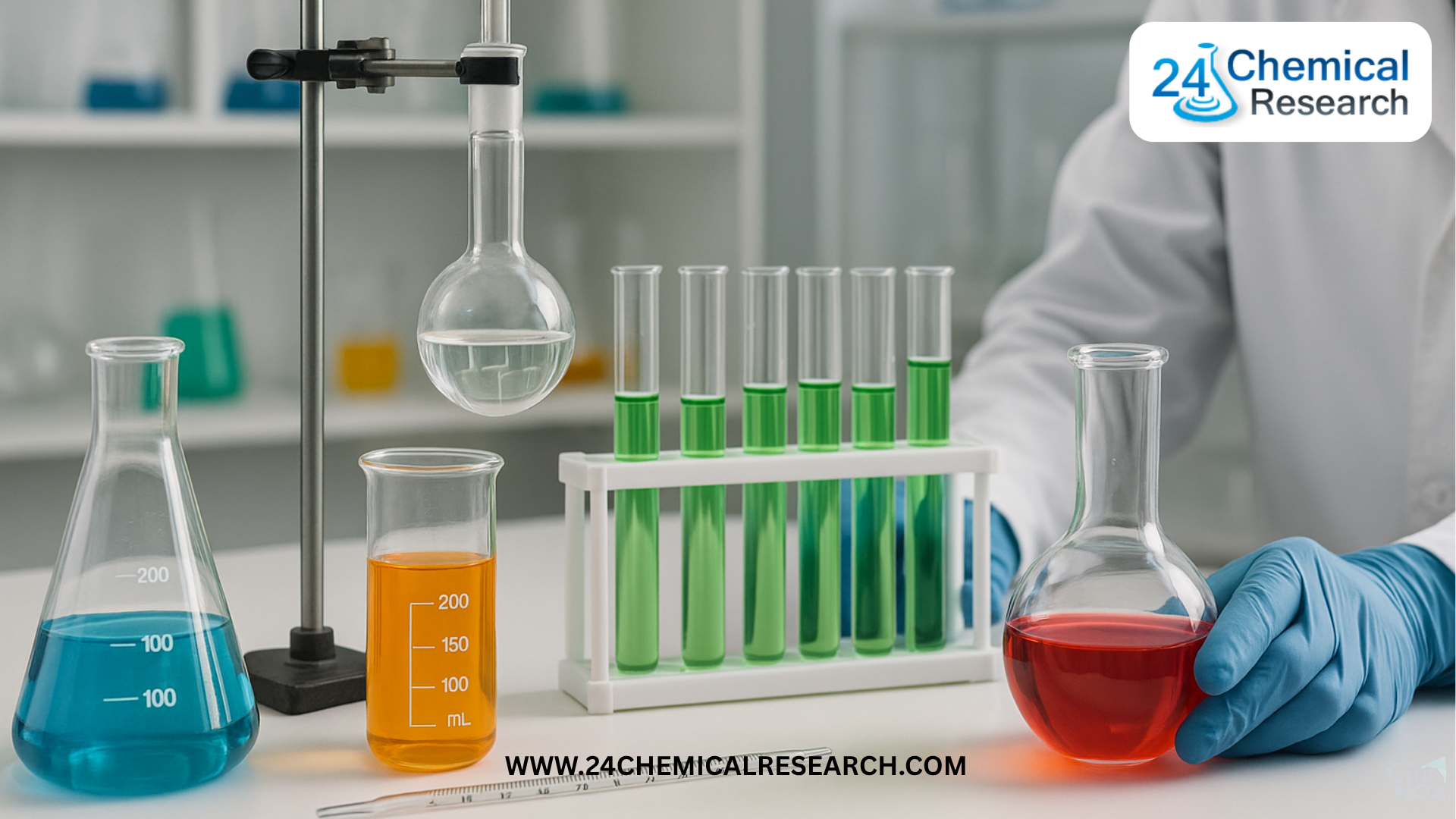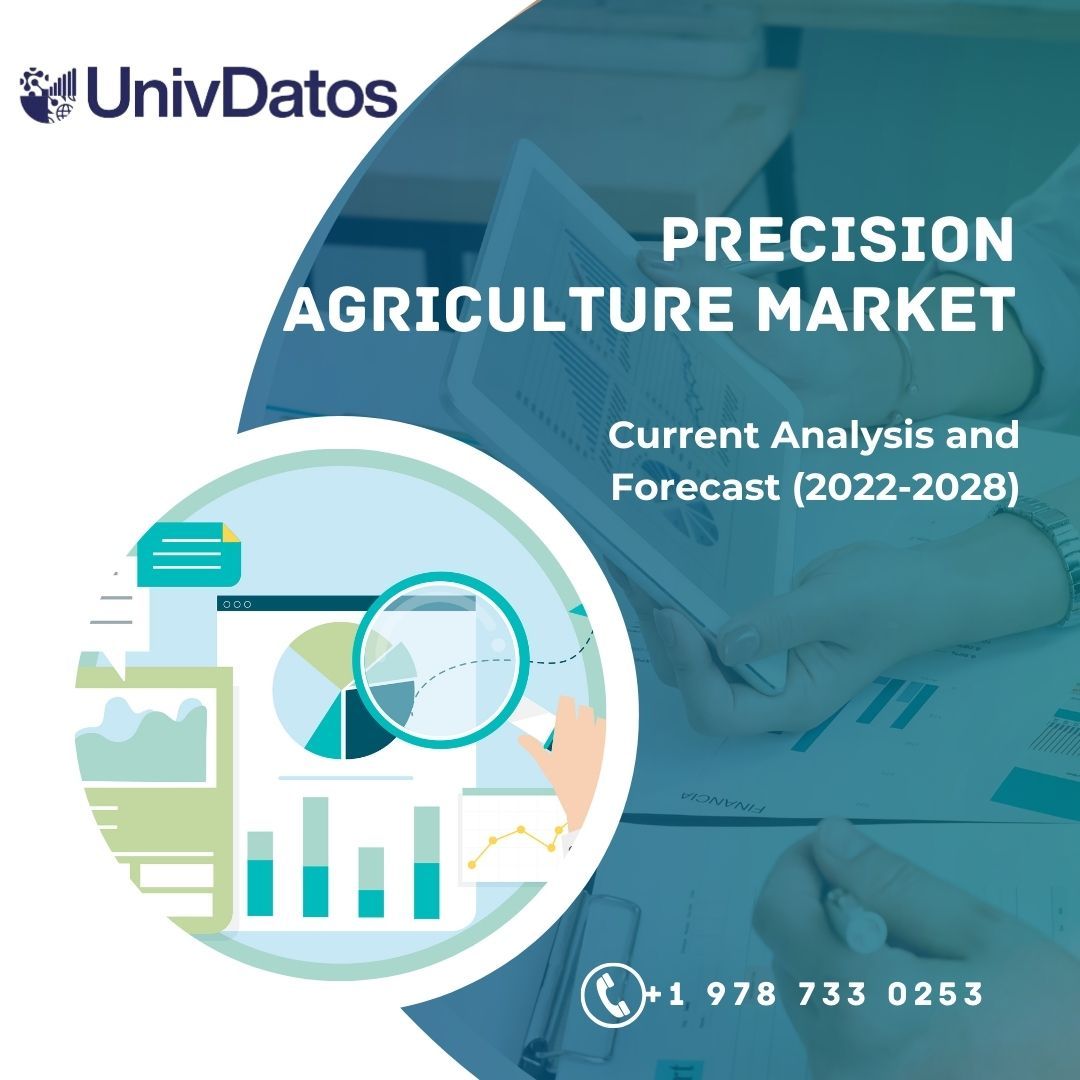Azadirachtin Market, Global Outlook and Forecast 2025-2032
The global Azadirachtin market continues to demonstrate steady growth, with its valuation reaching USD 39.3 million in 2024. According to the latest industry analysis, the market is projected to grow at a CAGR of 2.8%, reaching approximately USD 47.5 million by 2032. This growth is primarily fueled by increasing demand for organic agricultural products and stricter regulations on synthetic pesticides, particularly in regions with strong environmental policies.
Azadirachtin, a bioactive compound derived from neem seeds, has gained significant traction as an eco-friendly biopesticide. Its broad-spectrum efficacy against over 200 insect species makes it a preferred choice for organic farming. As sustainable agriculture practices gain momentum globally, manufacturers and regulatory bodies are increasingly supporting innovations in botanical pesticides to meet the growing demand for chemical-free food production.
Download FREE Sample Report:
https://www.24chemicalresearch.com/admin24cr/download-sample/298681/azadirachtin-market
Market Overview & Regional Analysis
India dominates the global Azadirachtin market with a 34% production share, leveraging its abundant neem resources and traditional knowledge in botanical pesticides. The region benefits from government initiatives promoting bio-pesticides and a long history of neem-based agricultural solutions. North America and Europe collectively account for 27% of the market, driven by stringent pesticide regulations and growing organic farming acreage.
Asia-Pacific shows robust growth potential with expanding organic farming in countries like China and Vietnam. However, price sensitivity and inconsistent quality standards in some emerging markets pose challenges for premium product adoption. Latin America is emerging as a promising market, particularly in Brazil's organic coffee and fruit cultivation sectors.
Key Market Drivers and Opportunities
The market is driven by the global shift toward organic pest control solutions, with Azadirachtin serving as a key alternative to chemical pesticides in integrated pest management systems. The compound's non-toxic profile and rapid biodegradability make it particularly attractive for exporters targeting regulated markets in Europe and North America. Agriculture accounts for 60% of global demand, followed by personal care applications at 20%.
Opportunities exist in developing advanced formulations that address Azadirachtin's field persistence challenges. Microencapsulation techniques are showing promise, extending effectiveness from 3-5 days to 14-21 days. The pharmaceutical sector also presents growth potential, with recent studies validating Azadirachtin's efficacy against drug-resistant parasites in veterinary applications.
Challenges & Restraints
The Azadirachtin market faces challenges including high production costs and supply chain vulnerabilities. Extraction remains resource-intensive, requiring approximately 2,000 neem seeds per kilogram of active compound, resulting in prices 30-40% higher than conventional pesticides. Processing challenges include the compound's instability in formulations, with shelf life limitations requiring sophisticated stabilization techniques.
Regulatory heterogeneity creates market entry barriers, with approval timelines varying from 6 months in India to 3 years in the EU. Farmer education remains a hurdle, as only 32% of growers in key markets demonstrate comprehensive understanding of integrated pest management incorporating biopesticides.
Market Segmentation by Type
Solvent Extraction
Supercritical Fluid Extraction
Microwave Extraction
Download FREE Sample Report:
https://www.24chemicalresearch.com/admin24cr/download-sample/298681/azadirachtin-market
Market Segmentation by Application
Agriculture (Pesticides)
Personal Care Products
Deworming Products
Pharmaceuticals
Market Segmentation and Key Players
Ozone Biotech
Agro
Vanashree
Yash Chemicals
The Himalaya Drug Company
Yu Rong Chang
Green Gold
Azadirachtin Market, Global Outlook and Forecast 2025-2032
The global Azadirachtin market continues to demonstrate steady growth, with its valuation reaching USD 39.3 million in 2024. According to the latest industry analysis, the market is projected to grow at a CAGR of 2.8%, reaching approximately USD 47.5 million by 2032. This growth is primarily fueled by increasing demand for organic agricultural products and stricter regulations on synthetic pesticides, particularly in regions with strong environmental policies.
Azadirachtin, a bioactive compound derived from neem seeds, has gained significant traction as an eco-friendly biopesticide. Its broad-spectrum efficacy against over 200 insect species makes it a preferred choice for organic farming. As sustainable agriculture practices gain momentum globally, manufacturers and regulatory bodies are increasingly supporting innovations in botanical pesticides to meet the growing demand for chemical-free food production.
Download FREE Sample Report: https://www.24chemicalresearch.com/admin24cr/download-sample/298681/azadirachtin-market
Market Overview & Regional Analysis
India dominates the global Azadirachtin market with a 34% production share, leveraging its abundant neem resources and traditional knowledge in botanical pesticides. The region benefits from government initiatives promoting bio-pesticides and a long history of neem-based agricultural solutions. North America and Europe collectively account for 27% of the market, driven by stringent pesticide regulations and growing organic farming acreage.
Asia-Pacific shows robust growth potential with expanding organic farming in countries like China and Vietnam. However, price sensitivity and inconsistent quality standards in some emerging markets pose challenges for premium product adoption. Latin America is emerging as a promising market, particularly in Brazil's organic coffee and fruit cultivation sectors.
Key Market Drivers and Opportunities
The market is driven by the global shift toward organic pest control solutions, with Azadirachtin serving as a key alternative to chemical pesticides in integrated pest management systems. The compound's non-toxic profile and rapid biodegradability make it particularly attractive for exporters targeting regulated markets in Europe and North America. Agriculture accounts for 60% of global demand, followed by personal care applications at 20%.
Opportunities exist in developing advanced formulations that address Azadirachtin's field persistence challenges. Microencapsulation techniques are showing promise, extending effectiveness from 3-5 days to 14-21 days. The pharmaceutical sector also presents growth potential, with recent studies validating Azadirachtin's efficacy against drug-resistant parasites in veterinary applications.
Challenges & Restraints
The Azadirachtin market faces challenges including high production costs and supply chain vulnerabilities. Extraction remains resource-intensive, requiring approximately 2,000 neem seeds per kilogram of active compound, resulting in prices 30-40% higher than conventional pesticides. Processing challenges include the compound's instability in formulations, with shelf life limitations requiring sophisticated stabilization techniques.
Regulatory heterogeneity creates market entry barriers, with approval timelines varying from 6 months in India to 3 years in the EU. Farmer education remains a hurdle, as only 32% of growers in key markets demonstrate comprehensive understanding of integrated pest management incorporating biopesticides.
Market Segmentation by Type
Solvent Extraction
Supercritical Fluid Extraction
Microwave Extraction
Download FREE Sample Report: https://www.24chemicalresearch.com/admin24cr/download-sample/298681/azadirachtin-market
Market Segmentation by Application
Agriculture (Pesticides)
Personal Care Products
Deworming Products
Pharmaceuticals
Market Segmentation and Key Players
Ozone Biotech
Agro
Vanashree
Yash Chemicals
The Himalaya Drug Company
Yu Rong Chang
Green Gold





